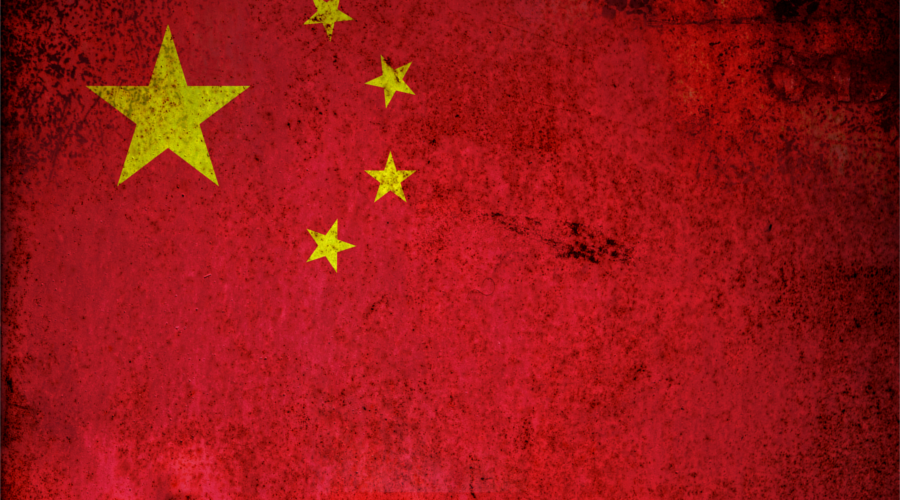
The Australian tourism industry is in a constant state of flux. It is at the mercy of international economies, technological changes and the whims of fashion. In order to stay competitive, tour operators must constantly assess who their ideal customer is to ensure that their offering is relevant.
And the ideal customer from 2010 may not be the same person in 2016, nor in 2020. Traditionally holiday-makers from the UK and the US formed the biggest part of the overseas tourism dollar for Australian operators. However, we are now seeing the emergence of new markets: India, Japan but particularly China.
The Chinese outbound tourism industry has boomed in the last five years. With the emergence of a middle-class, Chinese citizens are now travelling abroad. And while Australia is only attracting 1.5% of Chinese outbound travel, Business Insider suggests that percentage translates into a very significant spend, ‘between $7 billion and $8 billion annually.’ And this number is projected to grow by 20% year on year. In this post, will look at how to attract the Chinese traveller.
Given the potential of this (relatively) new market, businesses should be looking at how they can tailor their offerings to appeal to the Chinese traveller. The questions they need to be asking are:
- Who is the Chinese traveller?
- What motivates them to travel?
- Where do they go to find out about travel?
- How do you make sure that your tour appeals to them?
Who is the Chinese traveller?
Within the one million Chinese visitors each year, there are obviously going to be very different groups of people travelling for a variety of reasons. In order to better understand the travel trend Tourism and Events Queensland, commissioned some research into the Chinese traveller. In doing so, they uncovered an emerging archetype, identified as the Chinese independent traveller.
The Chinese independent traveller represents a significant potential for growth for Australian tourism. The research unearths this type of traveller as:
- Adventurous
- Confident
- Educated
- Are at the younger end of the spectrum (under 50)
- Well-travelled
- Seek flexible travel arrangements
- Want to be educated as part of their travel experience
- Enjoy learning about the local culture
- Are keen to interact with the local community and try local cuisine
- Are digitally savvy
- Will meticulously research and plan their holiday
They differ from the more traditional Chinese tourist in that they prefer to create their own travel itineraries, rather than relying on an agent to book it for them. They are very digitally aware and will spend anywhere between one and three months planning their trip. They are also a bit more adventurous, preferring to strike out and immerse themselves in the culture.
What motivates them to travel?
According to the research, the number one priority ‘is to feel cosy.’ In this context cosy means to go on a trip where daily worries are left at home, and they experience ‘happiness, true enjoyment, not to have a care in the world.’ They also want to learn, to immerse themselves in the culture, and to feel safe in a secure ‘unpolluted environment.’
Where do they go to find out about travel?
The independent traveller relies heavily on research. Unlike other generations, research is primarily done on a mobile device, rather than relying on a travel agent. They are also very big social media users, their biggest platforms are Weibo, Renren and WeChat. (Platforms like YouTube, Twitter and Instagram have come up against what one commentator calls The Great Firewall of China.)
For example Weibo alone, which operates in a similar way to Twitter, hosts between 200 million and 500 million people on their site. The independent traveller tends to be very active on these platforms and relies very heavily on peer recommendations.
As a result of this, a lot of operators are realising the value of having a presence on these sites. A lot of businesses have cropped up, who can help translate and ease you into the different social media forums.
How do you make sure that your tour appeals to the independent Chinese traveller?
When you are marketing to the independent traveller, there are many things you can offer to attract them to your tour.
- In terms of the tour itself, you can make sure that you have UnionPay as a payment option (the preferred payment method of China).
- Even if you don’t choose to go down the Chinese social media route, make sure that your tour still has a great online presence and that your website is easy to navigate, with a lot of striking visuals.
- Highlight the local/natural elements of your attraction. If you are marketing to the Chinese market, you don’t necessarily need to include Chinese talent in your marketing materials. Instead, emphasise the friendly local experiences that you tour offers.
- Make sure that your website is optimised for mobile.
Above all, any marketing material you create should emphasise how your tour offers a safe, lovely reprieve from the mundanity and struggles of everyday life.
Even though there are many differences between the traditional outbound travel market and the emerging newer markets, that last point speaks to a fundamental similarity of travel; that no matter where you come from, a travel experience should seek to offer you something outside your normal sphere of experience.
We hope that we’ve given you some interesting insights into an exciting market. If you would like to more about exciting trends, then you need to check out Booking Boss' top industry trends you need to know for 2016 today!
Booking Boss is an online booking system for tour operators and attraction providers. Trusted by many in the tourism industry, Booking Boss is about getting you out of the spreadsheets and into the sun. We provide free education resources for operators like you, to make your business the best it can possibly be.







Comments